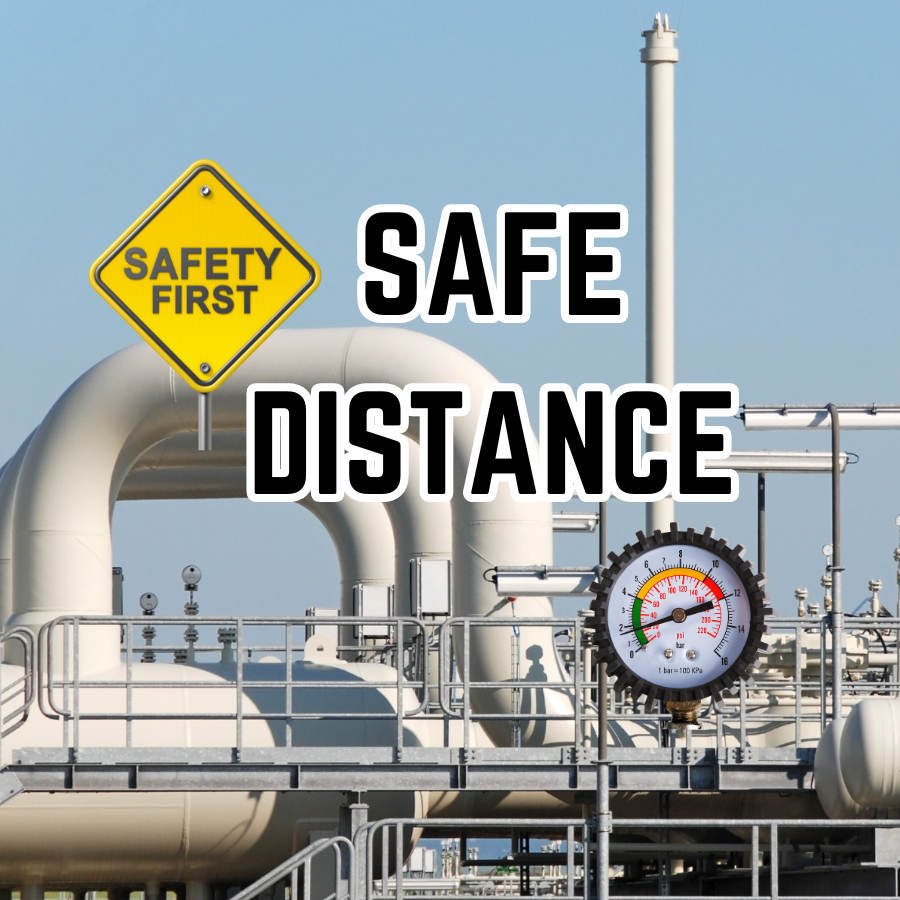Column (Tower) Piping Stress Analysis
An elevated pressure vessel known as a "column" is critical in many industrial processes, particularly chemical engineering, petrochemical refining, and natural gas processing. Columns are used for various purposes, including distillation, absorption, stripping, and extraction.
Column piping is located in conjunction with the tray nozzle and platform orientation. When possible, the piping is grouped for ease of support and positioned to accommodate interconnection with related equipment and the pipe rack.
Grouped Piping Lined Routed from Top of The Column
Tower piping should be arranged with sufficient flexibility to accommodate tower growth and to allow interconnection to equipment during regular operating conditions.
Designers create the design and also develop pipe supports, but piping stress engineers are responsible for finalizing the design and determining the loads on the nozzle and supports.
When conducting pipe stress analysis, engineers must ensure the protection of the pipe, the vessel shell, and the nozzles. To achieve this, they can modify the design, location of supports, type of support, and piping design.
In the case of this particular design, the pipe is supported from both above and below. However, this design leads to an interaction between the lower layer of support and the upper nozzle, resulting in the upper support not bearing any load.
Rigid Support On The Top Will Not Sit Due To the Expansion
This, in turn, generates a moment on the upper nozzle due to thermal expansion, leading to additional load on the lower support layer and potentially causing stresses on the pipe and nozzle connection. This example underscores the importance of proper pipe support design and the potential issues arising from improper design.
To mitigate excessive loads on the nozzle, a design with an expansion loop close to the upper nozzle is employed. This loop circulates around the pressure vessel, serving to absorb the pipe's thermal expansion. The pipe is supported from the upper elevation using a rigid support. Adding a stopper to this support ensures similar expansions for the pipe and equipment at the operating temperature. This design feature is crucial in managing stress and ensuring the longevity of the equipment.
Expansion Loop Mitigates the Stress On The Top Nozzle
In the downward continuation of the pipe, the supports welded onto the pressurized vessel are used only as guides to direct the thermal expansion of the pipe downward. Once the pipe transitions to a horizontal position, the pipe rack with rigid supports supports its weight.
The supports welded onto the pressurized vessel are used only as guides to direct the thermal expansion of the pipe downward.
Alternative Design for more flexible piping between the column and pipe rack.
As previously mentioned, the pipe, vessel, and nozzle are all protected from excessive stress in this scenario. If the operating temperature is high, spring supports can also be utilized.
In conclusion, tower piping stress analysis is essential for ensuring columns' structural integrity and operational safety under various pressure and temperature conditions. Engineers can design piping systems that accommodate thermal expansion, vibration, and external forces by meticulously evaluating stresses, movements, and potential failure points. This analysis not only prevents leaks and ruptures but also extends the lifespan of the equipment, minimizes maintenance costs, and ensures compliance with industry standards and regulations. Ultimately, thorough piping stress analysis is a cornerstone of reliable and efficient industrial operations, safeguarding personnel and the environment.
COLUMN PIPING STRESS ANALYSIS









This blog is intended as a guide to determining the minimum safe spacing of plants and equipment in Oil Refineries, Petrochemical Complexes, and similar installations.
The spacing recommendations will apply in the absence of Clients' standards or supplement such standards where necessary. They are based on current industry practice.
The spacing recommendations aim to ensure that available plot areas are used economically without affecting personnel safety or plant vulnerability.